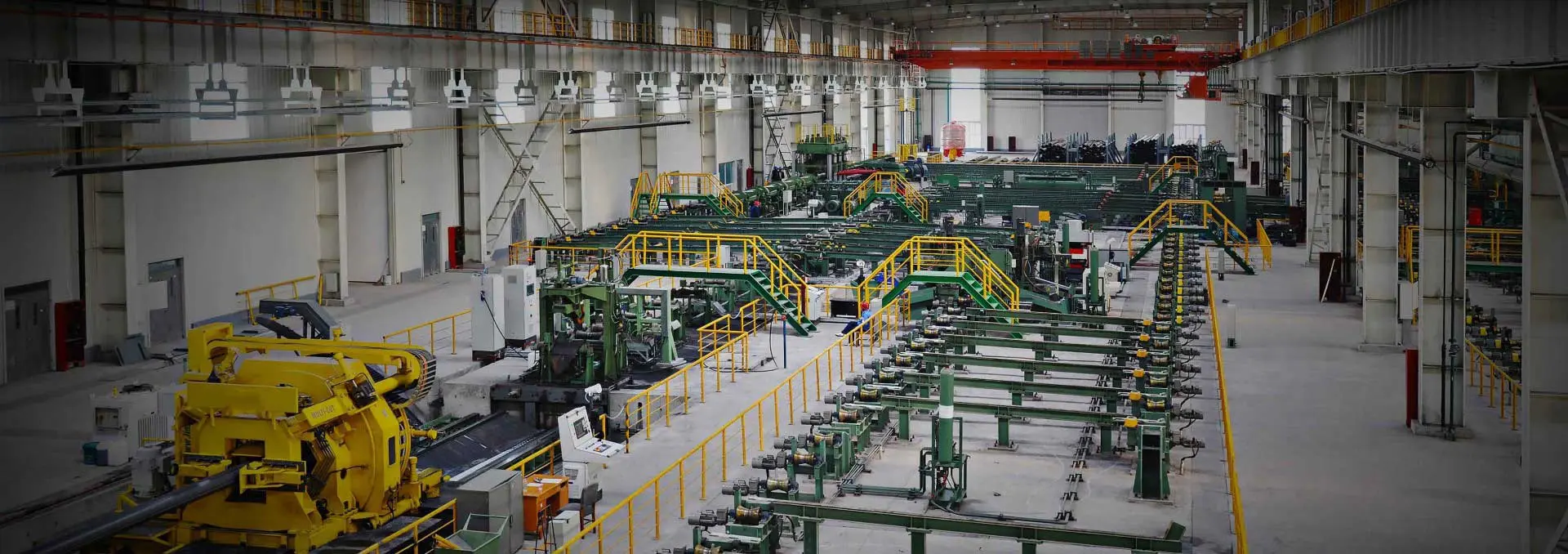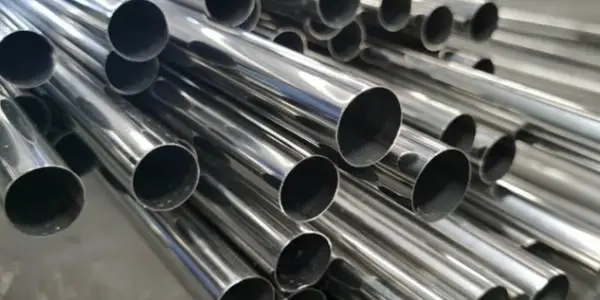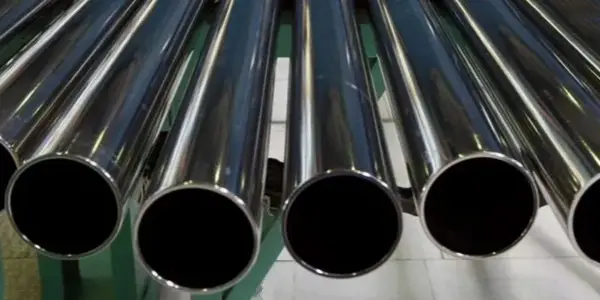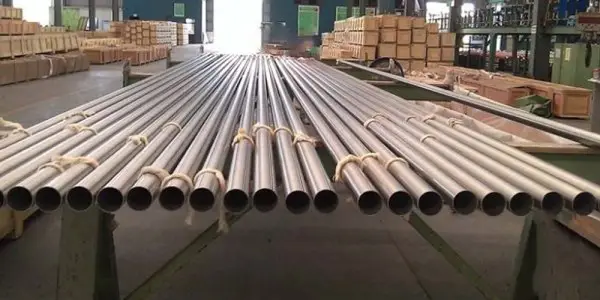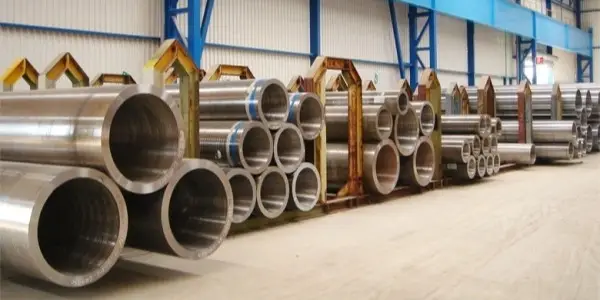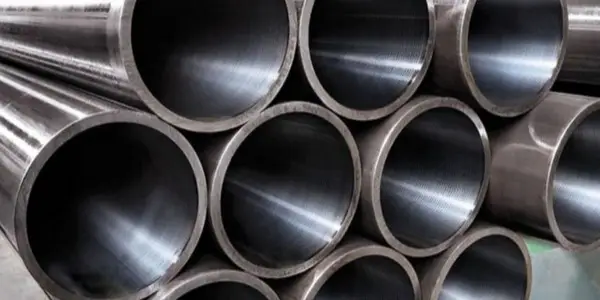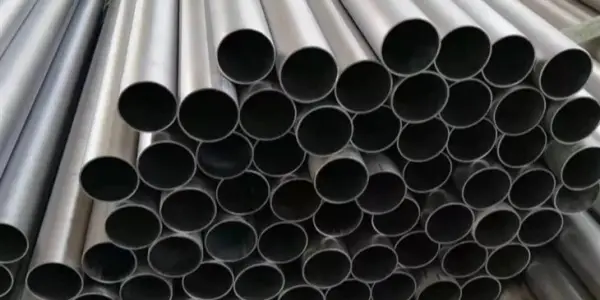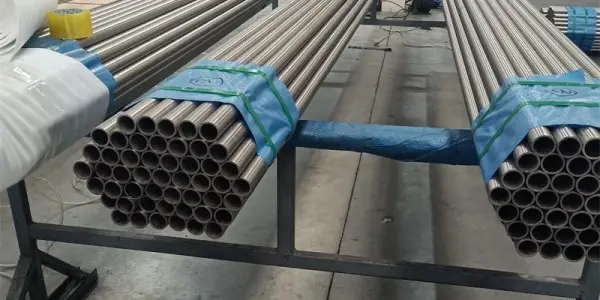-
Alloy 20 ASTM B464 welded pipes
Alloy 20 (UNS N08020), also known as Carpenter 20, is a nickel-iron-chromium austenitic alloy specifically designed to resist sulfuric acid corrosion. Its welded pipes, manufactured in accordance with ASTM B464, are widely used in chemical and industrial applications requiring exceptional resistance to corrosive environments.
Read More
-
ASTM B862 welded titanium alloy pipe
ASTM B862 is a specification that covers welded titanium and titanium alloy pipes designed for applications requiring high strength, corrosion resistance, and durability. These pipes are widely used in industries such as chemical processing, aerospace, power generation, marine, and medical due to their superior mechanical and chemical properties.
Read More
-
Introduction to alloy steel p11 welded pipe
The Alloy Steel P11 Welded Pipe is crafted from a specialized alloy steel composition, predominantly featuring iron, carbon, and key alloying elements like chromium and molybdenum. These elements enhance the pipe's unique characteristics and performance capabilities. Here's an introduction to alloy steel p11 welded pipe.
Read More
-
Alloy steel p11 welded pipe manufacturing process
The production of alloy steel P11 welded pipes involves a series of specialized processes that ensure the pipes are strong, durable, and capable of withstanding high pressures and temperatures. These processes are essential for the manufacturing of pipes used in various industries, including oil and gas, petrochemical, and power generation. Let's delve into the two primary welding methods used in the production of alloy steel P11 pipes: Electric Resistance Welding (ERW) and Submerged Arc Welding (SAW).
Read More
-
Inconel 600 alloy welded pipe
Inconel 600 is a nickel-chromium-iron-based alloy strengthened by a solid solution process. It offers outstanding resistance to high-temperature corrosion and oxidation, making it suitable for demanding environments. The alloy is known for its excellent cold and hot workability, welding properties, and satisfactory thermal strength combined with high plasticity, particularly at temperatures below 700°C.
Read More
-
ASTM B619 nickel alloy c267 welded pipes
ASTM B619 is a specification standard that covers welded nickel and nickel-based alloy pipes suitable for general corrosion-resistant and high-temperature applications. Among these, Nickel Alloy C276 (UNS N10276) is a widely used grade due to its exceptional resistance to harsh environments, including oxidizing and reducing agents.
Read More
-
ASTM A691 chrome moly welded pipe
Here's an overview of the ASTM A691 chrome moly welded pipe.
Read More
-
UNS N08825 825 nickel alloy welded pipe
This article will briefly introduce UNS N08825 825 nickel alloy welded pipe.
Read More
-
Coating standards of alloy steel welded pipe
For alloy steel welded pipes, coatings play a crucial role in enhancing corrosion resistance, durability, and overall performance, especially in environments with extreme conditions like high temperatures or corrosive chemicals. Here are some of the primary standards for coating alloy steel welded pipes.
Read More
-
ASTM B682 titanium alloy welded pipe
ASTM B682 outlines the requirements for 33 grades of titanium and titanium alloy welded pipes designed for use in environments that demand resistance to corrosion and high temperatures. The welded pipes are manufactured from annealed flat-rolled products using a welding process. Further refinement of the welded pipe can be achieved through cold or hot working techniques.
Read More

 English
English Español
Español




 Tel : +86-18565811709
Tel : +86-18565811709 Email :
Email : 